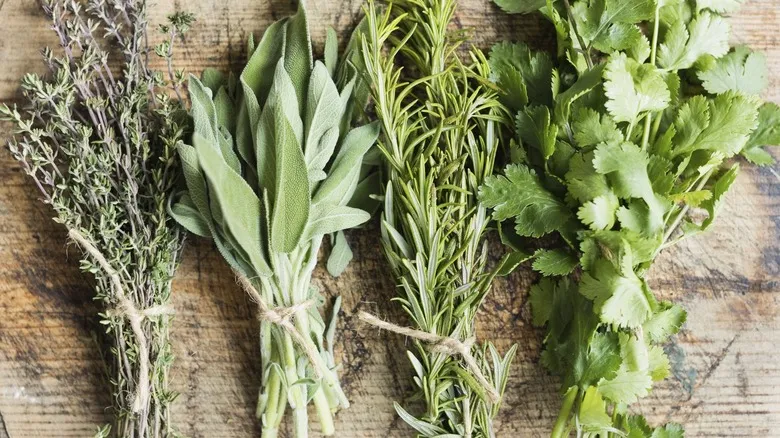Fresh or dried? Garnished or infused?
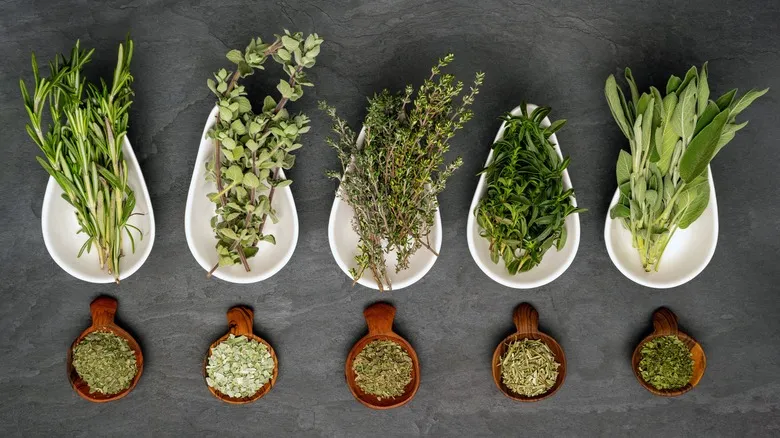
When you begin to explore the myriad possibilities of combining herbs with desserts, it can be quite daunting. One question leads to another: Should you chop your herbs or infuse them into your dessert? Is it better to use fresh or dried herbs? While there are no strict guidelines, Ana De Sa Martins favors using herb-infused ingredients like syrups, milk, or cream to ensure an even distribution of flavor and to better manage the intensity of the herbal notes. Infusing typically involves heating the liquid, adding the herbs, and simmering for a few minutes to allow the flavors to meld, followed by removing the herbs and letting the mixture cool.
Regarding the fresh versus dried herb debate, her preference is clear: "I will always choose fresh herbs for the vibrant freshness and aromatic qualities they bring to desserts, which, in my view, are often lost with dried herbs." However, Martins acknowledges that there are instances where dried herbs are more suitable, such as in cookie dough, pie crust, or cake batter. Ultimately, the choice will depend on the specific dessert you’re preparing and what ingredients you have available. If you find yourself struggling with creative combinations, Martins offers some excellent pairing suggestions to inspire you.
Thyme and peach cobbler
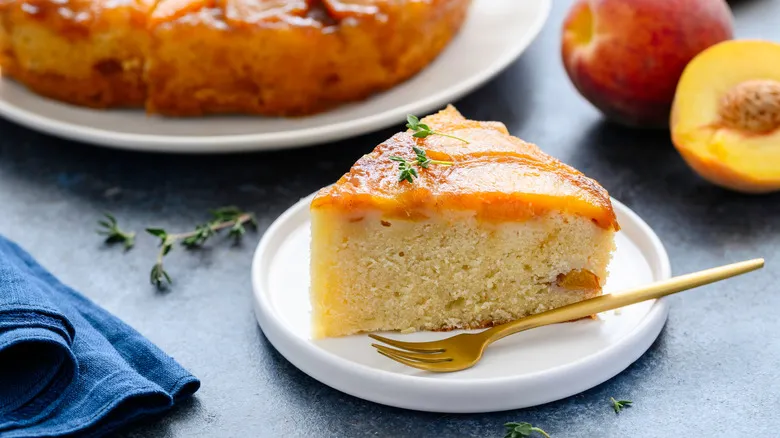
Have some extra thyme on your hands? Why not elevate your peach cobbler, crumble, or crisp? You heard it here first: Ana De Sa Martins suggests that thyme pairs beautifully with any stone fruit, whether it’s peaches, apricots, or nectarines. "Its earthy and citrusy notes enhance flavors like honey and lemon," she notes. For an extra burst of flavor, consider honey-roasting your peaches in the oven to increase their sweetness.
You have a couple of ways to incorporate thyme into your dish. First, you can mix a few tablespoons of fresh thyme leaves into your peach (or apricot, or nectarine) filling. Alternatively, you could blend dried herbs into your pie crust for a buttery, slightly peppery base that perfectly complements your sweet filling.
Rosemary and ice cream
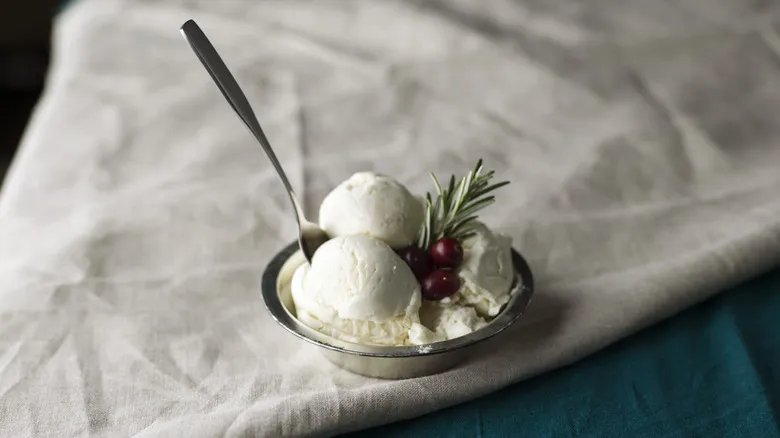
As we head into 2025, why not embrace a bolder approach to our ice cream flavors? From unexpected cheese-infused creations (yes, you read that correctly) to herby, savory-sweet, intricate, and creamy combinations, ice cream serves as an ideal medium for experimentation. That's why Ana De Sa Martins suggests pairing a sprig of rosemary with vanilla, pistachio, or chocolate ice cream.
"When used appropriately, rosemary imparts a piney and earthy essence to desserts, adding a sophisticated finishing touch," Martins explains. However, for this particular dessert, she advises against simply sprinkling it on top. Instead, consider crafting an infused simple syrup using honey or olive oil. Simmer the rosemary in the liquid, remove it after a few minutes, and then drizzle the sweet, aromatic syrup over your ice cream before adding a pinch of sea salt. If you're having trouble removing the leaves from your rosemary, a box grater can make the task much easier.
Basil and sorbet
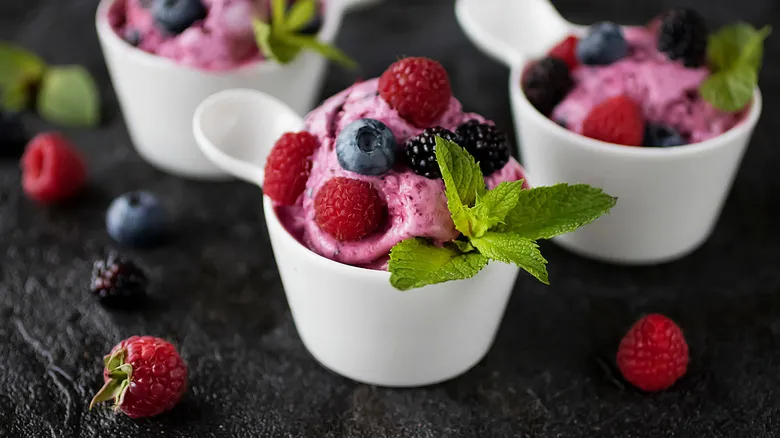
Sticking with the ice cream theme while accommodating lactose-intolerant cooks or guests, let’s explore sorbet. This vegan-friendly dessert consists of ice, sugar syrup, and either fruit puree or fruit juice, making it more akin to shaved ice than traditional ice cream. Nevertheless, its creamy texture and vibrant fruit flavors create a delightful experience, bringing a hint of summer to your day, even when the season feels far away. To incorporate basil into your sorbet, simply blend a basil-infused simple syrup with your fruit puree. As Ana De Sa Martins notes, "Its subtle aromatic quality adds freshness and depth."
When it comes to flavor combinations, classic pairings like basil with strawberry or citrus fruits such as lemon or orange are always a hit, but there are plenty of ways to keep things fresh and exciting. For instance, consider pairing basil with mandarin sorbet, or serve it in a chilled cup made from half a lemon.
Tarragon and crème brûlée

As we wrap up our exploration of herb-infused desserts, we’re excited to present a more unconventional option—though the infusion technique remains unchanged. Tarragon, with its anise-like (or licorice) taste, is surprisingly light, making it enjoyable even for those who typically dislike licorice. Ana De Sa Martins recommends using this distinctive herb in a delightful pairing with a rich, caramelized crème brûlée.
Crème brûlée, a timeless French delicacy, strikes a balance between simplicity and elegance, featuring a robust vanilla foundation enhanced by a crisp, caramelized sugar topping. Infusing tarragon into the heavy cream can elegantly balance the richness of the brûlée, while a topping of sweet, macerated berries can elevate this combination even further. If needed, dried tarragon can be substituted with basil for a similar flavor profile, offering a peppery, aromatic note that is more commonly found in many spice cabinets.
Recommended
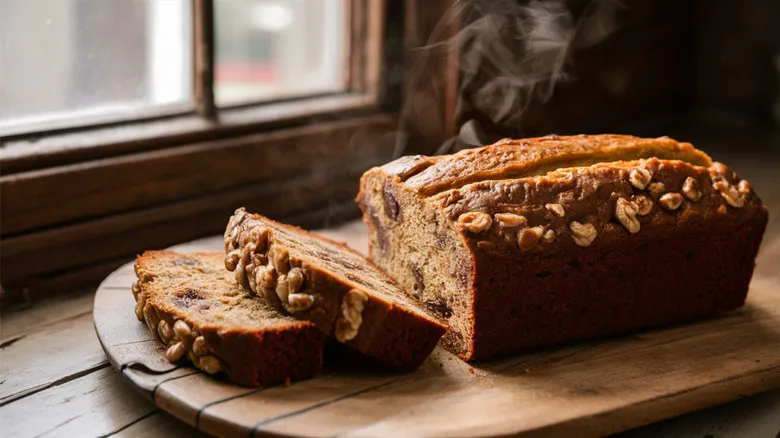
What's The Best Temperature To Bake Banana Bread At, Really?
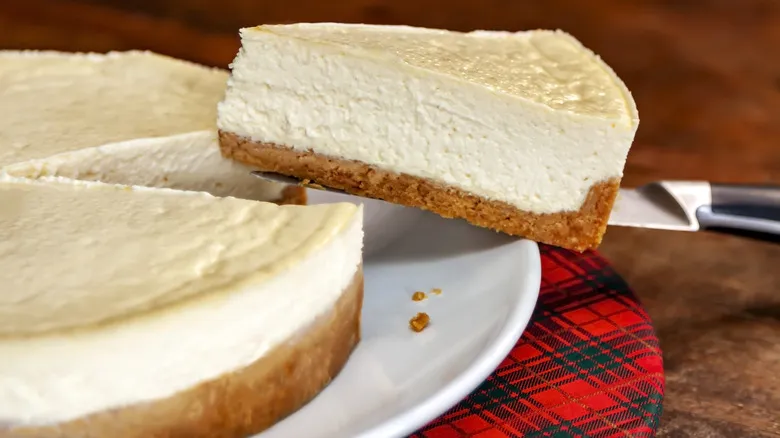
Prevent Cracks In Your Cheesecake With This Simple Cooling Trick
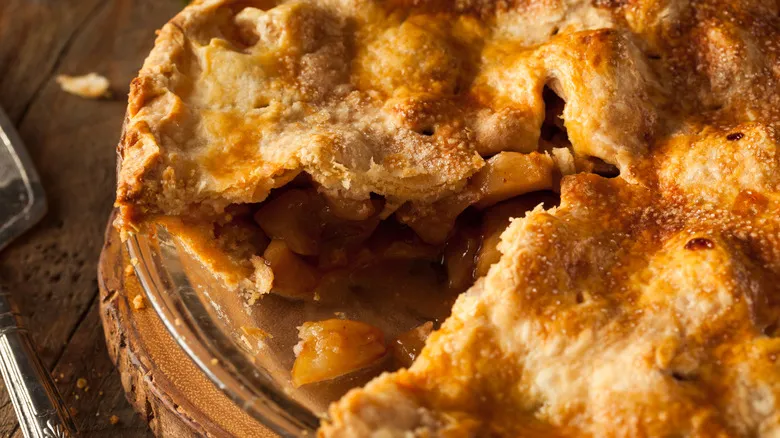
The Butter Mistake Keeping You From The Flakiest Pie Crusts
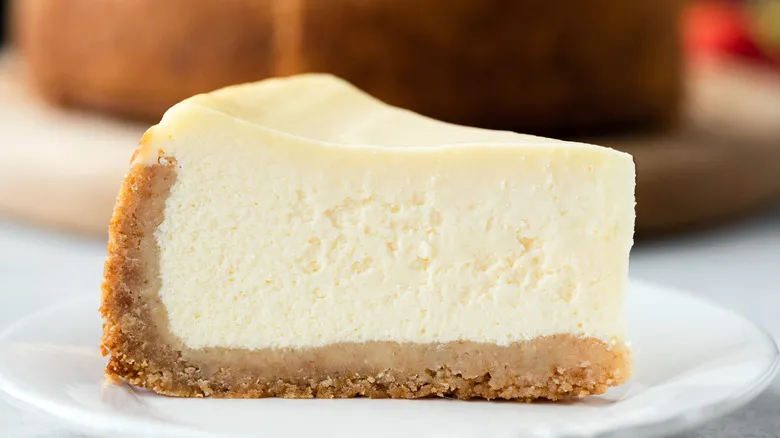
What Makes New York Cheesecake Its Own Thing
Next up

